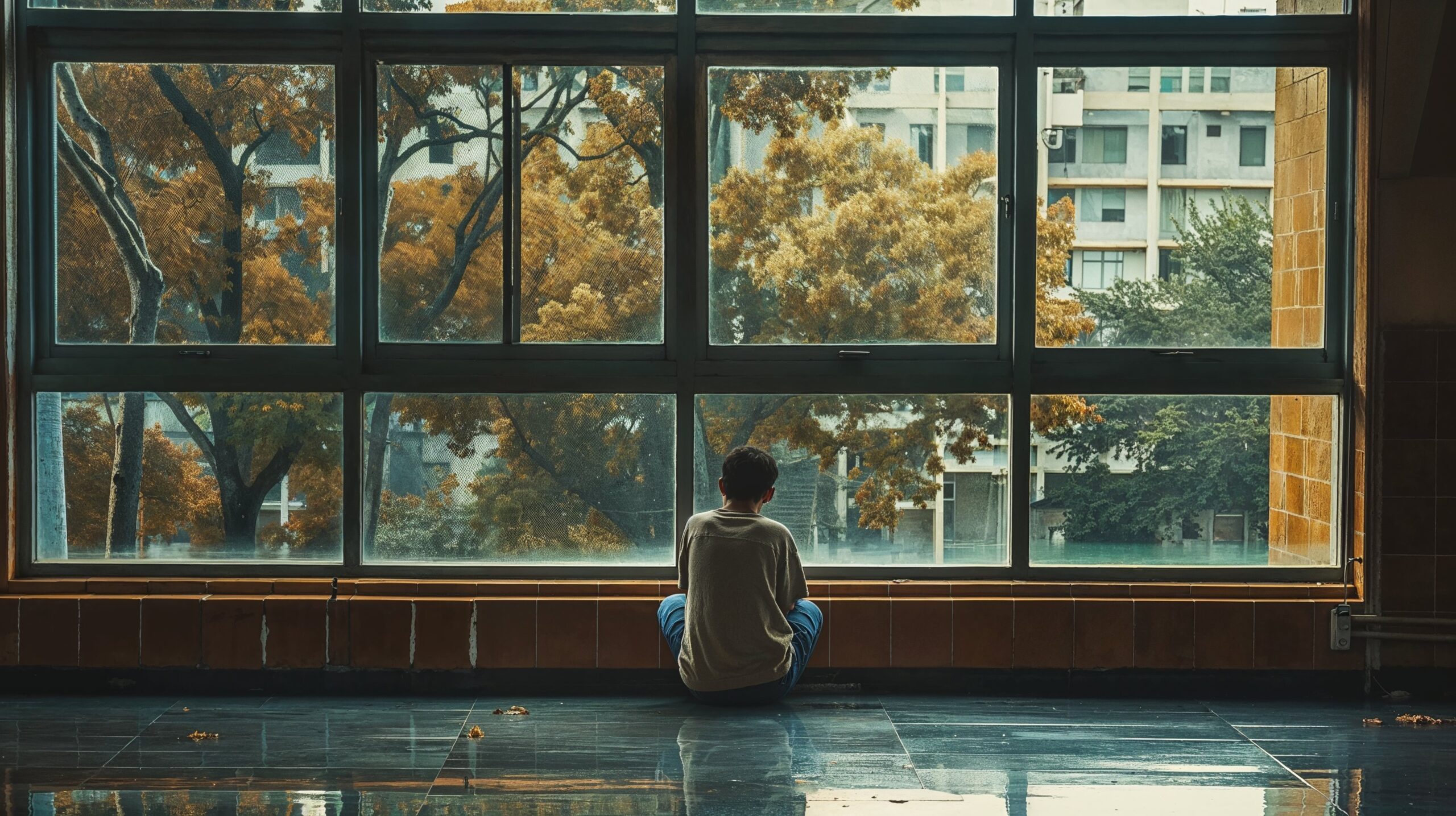In the dynamic (read: incredibly challenging) landscape of 21st century higher education, the concept of “student belonging” has taken centre stage – see Wonkhe’s Secret Life of Students 2024, and its recent podcast which talks at length about student loneliness and belonging.
Yet something that isn’t being discussed enough is the integration of belonging with the core academic experience, and how that should be our core focus given increasingly constrained resources.
In my view, the situation we are facing necessitates a reimagined approach to building belonging and mattering into the student experience, via the core components of our educational offer.
I think that this shift might require an evolution in the academic role – particularly where such ideas are more revolutionary – transforming it to meet the specific needs of today’s students.
Proper students
In my day, and the days of my fellow Gen Xers, the university experience was as much (more?) about life outside the lecture theatre as within it.
Extracurricular activities, societies, events, and let’s call them “social engagements” were a key part of shaping a sense of belonging and community in my time at university.
But reflecting on this increasingly distant past reveals a stark contrast to today’s student lifestyle. The socio-economic landscape has significantly shifted – while some students have always worked (I did), many students now juggle extensive work hours with their studies, with commuting from home much more common.
At some universities, the “commuter student” is in the majority. This increasingly time-poor and cash-poor demographic will clinically prioritise what and when they attend. We want them to engage more with everything we have to offer – we want them to feel they belong – but they will make a cost-benefit analysis decision on all of it.
This should lead us to a concentrated focus on the essentials – the quality (and nature) of our teaching and student learning, and the ways in which these core activities can (and should) build belonging and mattering in our student cohorts.
The harsh realities facing the sector (its institutions, its staff, and its students) provide compelling reasons not to outsource student belonging to the extra-curricular aspects of university life, though these of course can and do offer high-value enrichment to the core offer.
But belonging, mattering, and the building of community should be woven primarily into the core experiences – lectures, seminars, and workshops – where student engagement has the potential to be most potent, and where students have a primary reason to turn up.
And to those saying “but they don’t attend” – well maybe they would if they saw the value, and they enjoyed themselves.
It should go without saying that this integration is not just about enhancing student outcomes but about nurturing a community where students feel valued, supported, and connected.
Post-Covid, and considering access limitations for our students, the role of technology also has a key role to play. Used well, digital platforms enable connectedness, offering flexible, inclusive spaces for collaboration and engagement.
Or are we dancer
But the essence of community building lies in the human encounter – empathetic, understanding, and supportive academic staff, and a community of peers who might also become friends. For this, we want (and they want) to spend time together IRL.
For this to happen, we need a transformation in the academic role – and arguably at some types of institution more than others. Academics should be able to see themselves not only as disciplinary experts, but also as facilitators of learning environments where belonging and community are paramount.
This shift may well require investment in staff development, equipping all academics, and not just the “teaching specialists”, with the skills and understanding necessary to cultivate these inclusive, supportive spaces. Every academic who teaches needs to understand what’s needed.
Building belonging into the curriculum involves more than just collaborative, participative learning techniques or group projects, although these, along with a compassionate pedagogy, are a great start.
But it’s also about creating a sense of ownership and mutual respect within the learning community and lighting the fire of interest and engagement. Academic staff need to be able to encourage and facilitate discussions that value every student’s voice, encouraging diverse perspectives, and demonstrate genuine interest in students’ well-being and success.
This approach will create a sense of belonging and mattering among students, key to both academic and personal development, and far more likely to result in greater engagement and better outcomes.
As the higher education landscape continues to evolve, and as we face ever greater financial challenges across the sector, this is a call to arms for a back-to-basics approach to belonging. It’s not complicated, but it might mean a paradigm shift for some institutions in terms of their relationship with teaching, learning and the student experience.
And for our SUs, perhaps what’s needed is a renewed focus on building subject-based communities rather than investing all the energy into traditional clubs and societies. A valuable adage in teaching is “start from where the students are, not where you want them to be”. This should be the starting point for all of us involved and invested in building a brilliant student experience in today’s universities.




